Did you know that plants order nutrients like we order pizza?
While they don’t use a phone and pizza is not overly nutritious, there certainly are parallels in how plants and soil organisms interact. This relationship is so important for us to understand as it is a powerful key to help both gardeners and farmers have far greater success with plant vitality, production increases and cost savings as well as help the environment and the safe-guarding the future of food production.
This intelligent system is believed to have been known by ancient civilizations but has only been properly explored in recent decades by Elaine Ingham. This highly respected soil biology researcher started off as a PhD candidate who approached her professors to get their opinion on researching soil. They all dismissed the idea, believing that there was nothing to discover. Thankfully, Elaine followed her passion and went on to discover remarkable things that can benefit us all significantly. She now runs a school that trains people to help others maximize yields, profits and support our ecosystems at the same time. Very important when some projections are doom and gloom about how few years we have left of topsoil for farming – a projection that is drastically being turned around by the farmers that apply the knowledge gained from Elaine’s decades of work. You can find out more at SoilFoodWeb.com. Below is a portion of the intricate workings going on under our feet every day:
A Brilliant System – No More Fertilizer
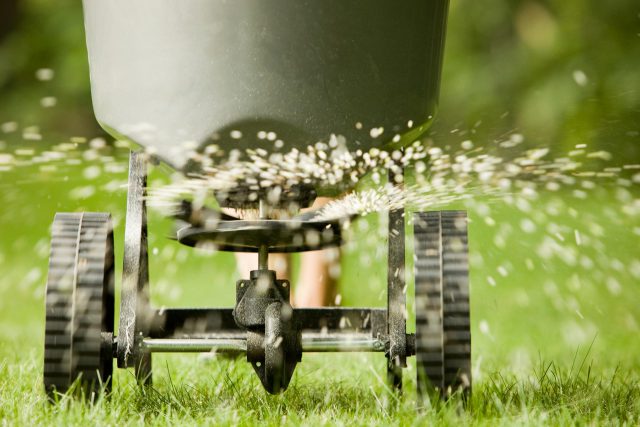
When you give plants liquid fertilizer, they typically respond pretty quickly. That is because the nutrients are in a form they can absorb. The trouble is, unless your liquid fertilizer is compost tea, the fertilizer only offers a tiny portion of the nutrients the plant actually needs and oftentimes they are not the amounts needed at that time needed. Add to that the harmful impacts of synthetic fertilizers on the soil as well as our waterways and one has to wonder, what did nature do before we started playing around with things?
I think most of us know that soil organisms help to break down organic matter, like fallen leaves, into a form that plants can absorb. But they also feed on the stones, sand, silt and clay particles in the soil, extracting numerous minerals from them. These minerals are important for the plants but are not in a form that they can absorb which is where the interaction between plants and soil organisms gets really interesting. Plants release into the soil some of the food they made from sunlight and carbon dioxide above ground. These compounds support the beneficial bacteria and fungi that also feed on the soil particles mentioned above. When plants need nutrients that the beneficial bacteria and fungi have extracted from the soil particles, they release substances into the soil that signals nearby nematodes and protozoa to feed on the bacteria and fungi. In doing so, the nematodes and protozoa excrete the minerals that the bacteria and fungi got from the soil particles, all in a now absorbable form for the plant. Plants then get the nutrients they need when they need in the amounts they need, allowing for a healthy plant that can produce nutritious and plentiful food.
No More Pesticides Either
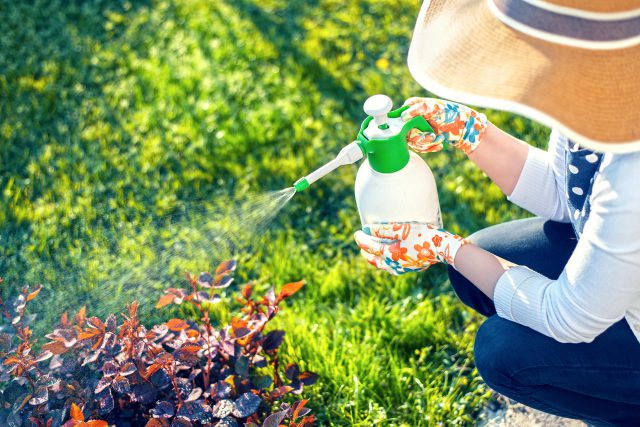
A balanced soil environment means the plants and soil organisms support one another, as with forests and meadows that never need humans to go in and fertilize. The pH of balanced soils encourages healthy organisms to thrive. Organisms that are harmful to plants are not able to thrive in a well oxygenated (aerobic) environment. If any problematic organisms are in the area and do try to attack the plant, however, the plant is so well protected by the dense layer of fungi and bacteria that surround the roots, that harmful organisms are prevented from getting to the plant.
As to above ground, it has been shown that thriving healthy plants do not attract ‘pests’ the way unhealthy plants do. So all the good happening below ground is helping the plant above ground as well!
Drought or Heavy Rainfall? No Problem.
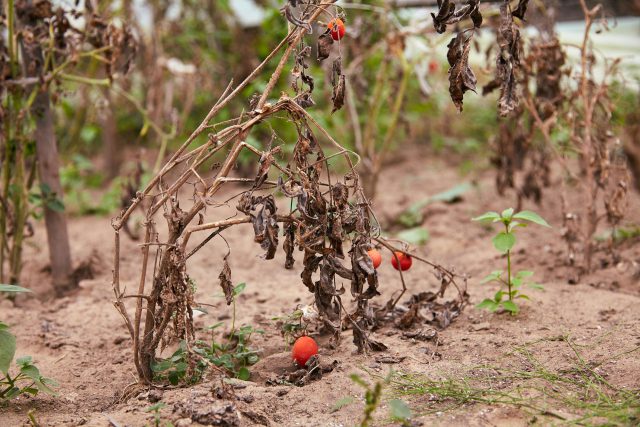
As a result of the soil organisms’ activities in moving about and in binding together in certain ways, we get a naturally aerated environment and good soil structure. This allows water to move down into the lower layers of the soil and be held throughout, as opposed to highly porous soil in which the water quickly moves out or heavy or compacted soil that doesn’t allow water to move past a certain layer very easily or at all. This is important to help with drought conditions where plant roots, no matter how deep, are able to access water that has been stored water in pockets around the soil. This improved soil structure is also important to minimize soil erosion and water runoff when we have excess rains, thanks to the plant roots that are able to grow fully into the surrounding soil as well as soil organisms binding soil particles.
The Problem
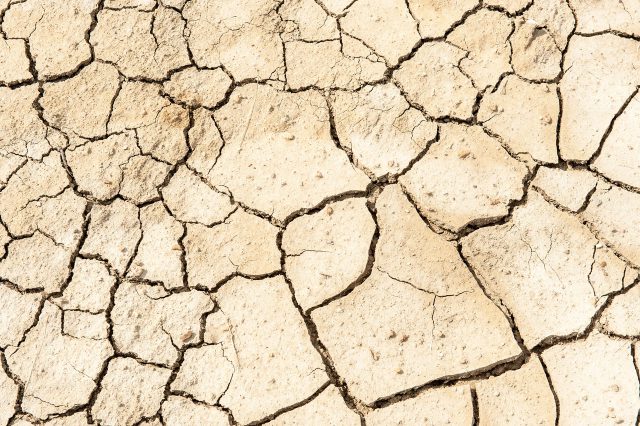
Soil is made up of particles like sand, silt and clay but is also considered soil with moisture, air and organisms like bacteria, fungi, nematodes, protozoa and arthropods. It is otherwise considered dirt. These organisms play many important roles and without them our plants struggle which means we get less vigorous plants, less nutritious food and spend money and time trying to fix the situation.
We lose these organisms when we disturb the soil with vigorous and frequent tilling. We also get this with compacting soil, as with heavy foot traffic or regular use of ride on mowers or even heavier machinery. Compacting the soil is basically packing it down, squashing out air pockets which makes it hard for roots and water to travel down in to deeper layers of the soil. In addition, without sufficient air, the environment becomes acidic and causes unhealthy organisms to thrive that can more easily attack plants
The Solution
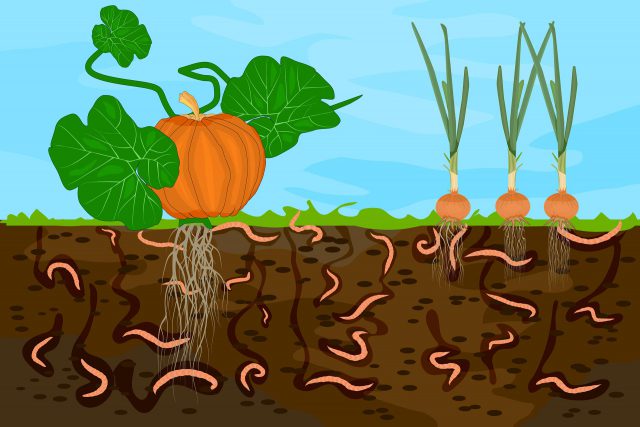
The good news is a healthy soil system can be restored in just a few months by reintroducing beneficial organisms as with compost or compost tea. Not only are farmers increasing their yields by as much as 200 per cent, they are also saving the cost and time in applying fertilizers, herbicides and insecticides. Their food is also considered more nutritionally dense. We can do this at home also, and help our garden and community thrive with vibrant plants and healthy home-grown food.



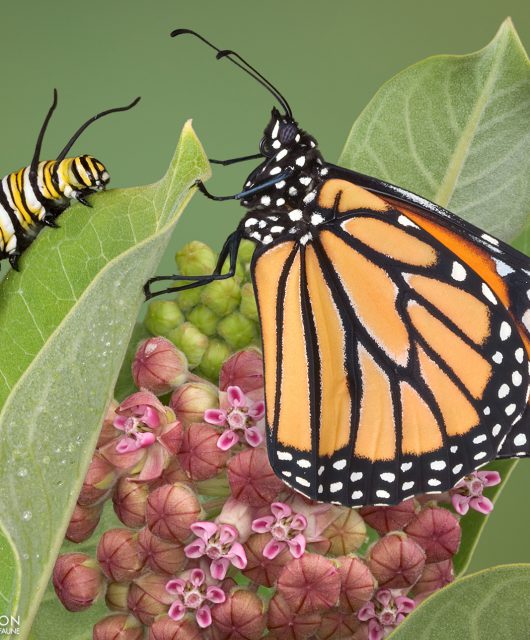

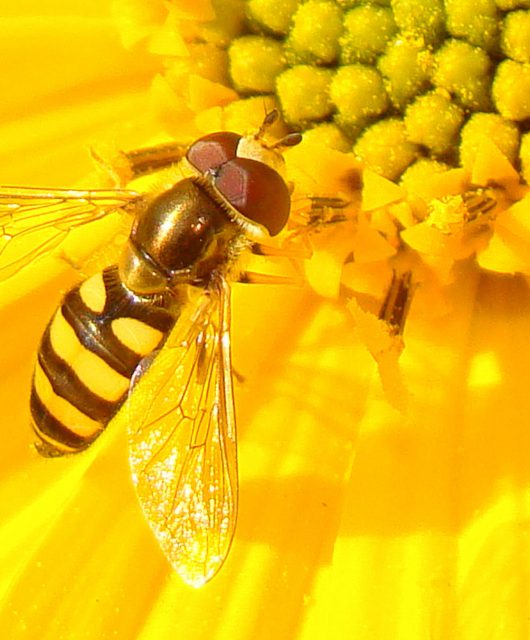
1 comment